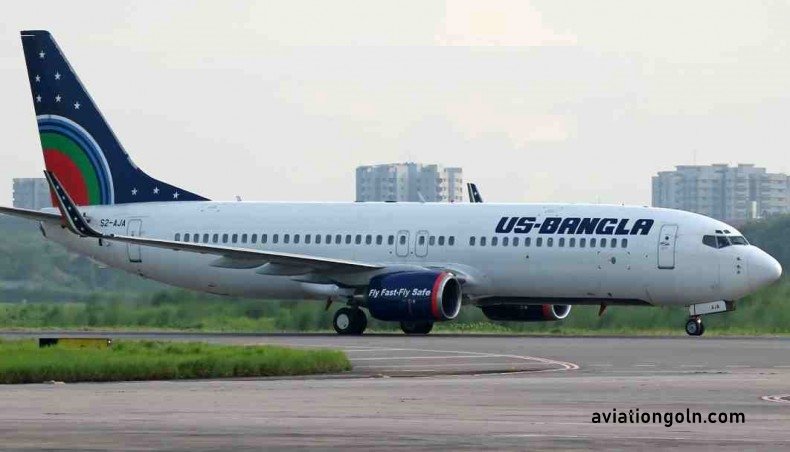Revenue Generation Strategies: The aviation sector, encompassing airlines, ground services, and airports, is a cornerstone of modern globalization, fueling economic growth, development, and regional connectivity. Of these, airports play a pivotal role, acting not just as transit points but also as major business entities. The financial health of airports is essential for sustaining the overall health of the aviation industry.
While traditionally, airports relied on aeronautical revenues, like landing fees and passenger service charges, the dynamic shifts in the aviation landscape have necessitated diversifying revenue streams. In this article, we will delve deep into the strategies airports can adopt to generate revenue and ensure their financial stability.
Revenue Generation Strategies: Financial Strategy for Airports
1. Aeronautical Revenue Streams:
These are the primary sources of income directly related to aviation activities.
- Landing and Takeoff Fees: Charged to airlines based on aircraft weight, these fees are a substantial revenue source for most airports.
- Passenger Service Charges: Levied on departing passengers, these fees contribute to the airport’s operating and infrastructure expenses.
- Aircraft Parking Fees: Airports charge airlines for parking their aircraft, especially for extended periods.
- Airside Services: This includes revenues from ground handling services, catering, refueling, and other services provided directly to aircraft and airlines.

2. Non-Aeronautical Revenue Streams:
Increasingly, non-aeronautical revenues are becoming significant contributors to airport revenues.
- Retail and Duty-Free Shops: Airports have transformed into shopping hubs, offering travelers a wide range of products from luxury goods to local souvenirs.
- Food & Beverage Outlets: From gourmet restaurants to fast-food joints, F&B outlets serve as significant revenue contributors.
- Car Parking: With passengers and visitors using airport parking facilities, smart parking solutions with tiered pricing can enhance revenues.
- Property Development: Airports have vast tracts of land which can be developed. Business parks, cargo hubs, hotels, or even recreational facilities can be established to generate revenue.
- Advertising: Given the high footfall, airports are prime spots for advertising. Digital advertising boards, immersive experiences, and branded zones can attract premium advertising rates.

3. Public-Private Partnerships (PPP):
Engaging with private entities can help not only in infrastructure development but also in service optimization, leading to enhanced revenue streams.
- Terminal Operations: Handing over terminal operations to private entities can lead to better efficiency and service levels, attracting more airlines and passengers.
- Cargo Operations: Private entities specializing in cargo handling can optimize operations, ensuring faster turnaround times and increased throughput.

4. Technology and Ancillary Services:
Leveraging technology can open new avenues for revenue generation.

- Fast Track Services: For passengers willing to pay a premium, airports can offer fast track security and immigration services.
- Loyalty Programs: Engaging frequent travelers through loyalty programs can ensure repeat business and also open avenues for partnerships with other businesses, like credit card companies or retail brands.
- Digital Platforms: Apps and websites can be monetized through advertisements, partnerships, and premium services.

5. Diversifying the Service Portfolio:
Airports can venture into sectors that align with their operations.
- Training Centers: With the requisite infrastructure, airports can establish training centers for aviation-related courses, providing a steady revenue stream.
- Maintenance, Repair, and Overhaul (MRO): Establishing MRO facilities can attract airlines looking for these services, especially if geographically advantageous.

6. Sustainable Initiatives:
Green initiatives not only help in environment conservation but can also generate revenues.
- Solar Farms: Many airports globally have utilized their open areas to set up solar farms, reducing their electricity bills and even selling surplus power.
- Waste Management: Effective waste management can lead to recycling opportunities, and organic waste can be used for biogas production.

7. Strategic Alliances and Networking:
Building relationships can lead to consistent revenue streams.
- Airline Alliances: Collaborating closely with airline alliances can ensure consistent traffic and better service offerings.
- Inter-Airport Collaborations: Networking with other airports can lead to sharing of best practices, joint marketing initiatives, and even route development.

8. Route Development:
By working closely with airlines and tourism boards, airports can facilitate the introduction of new routes, ensuring consistent passenger and cargo traffic.

9. Resilience Planning:
Ensuring the airport’s operations are not heavily affected during downtimes or crises can prevent revenue losses.
- Diversified Business Model: An airport that relies on multiple revenue streams can better weather economic downturns or industry-specific challenges.
- Emergency Funds: Keeping a financial buffer can help in maintaining operations during unforeseen challenges.

Airports, in today’s interconnected global environment, are more than just transit points. They are significant economic entities driving regional growth. By diversifying revenue streams, leveraging technology, building strategic alliances, and focusing on non-aeronautical revenue sources, airports can ensure their financial sustainability. As the aviation sector continues to evolve, adaptable and dynamic financial strategies will be the cornerstone of successful airport operations.
